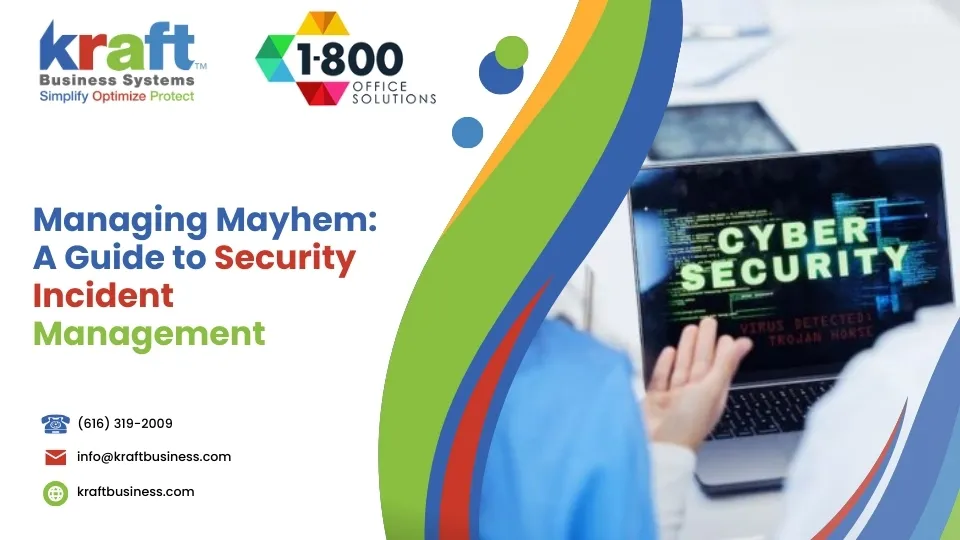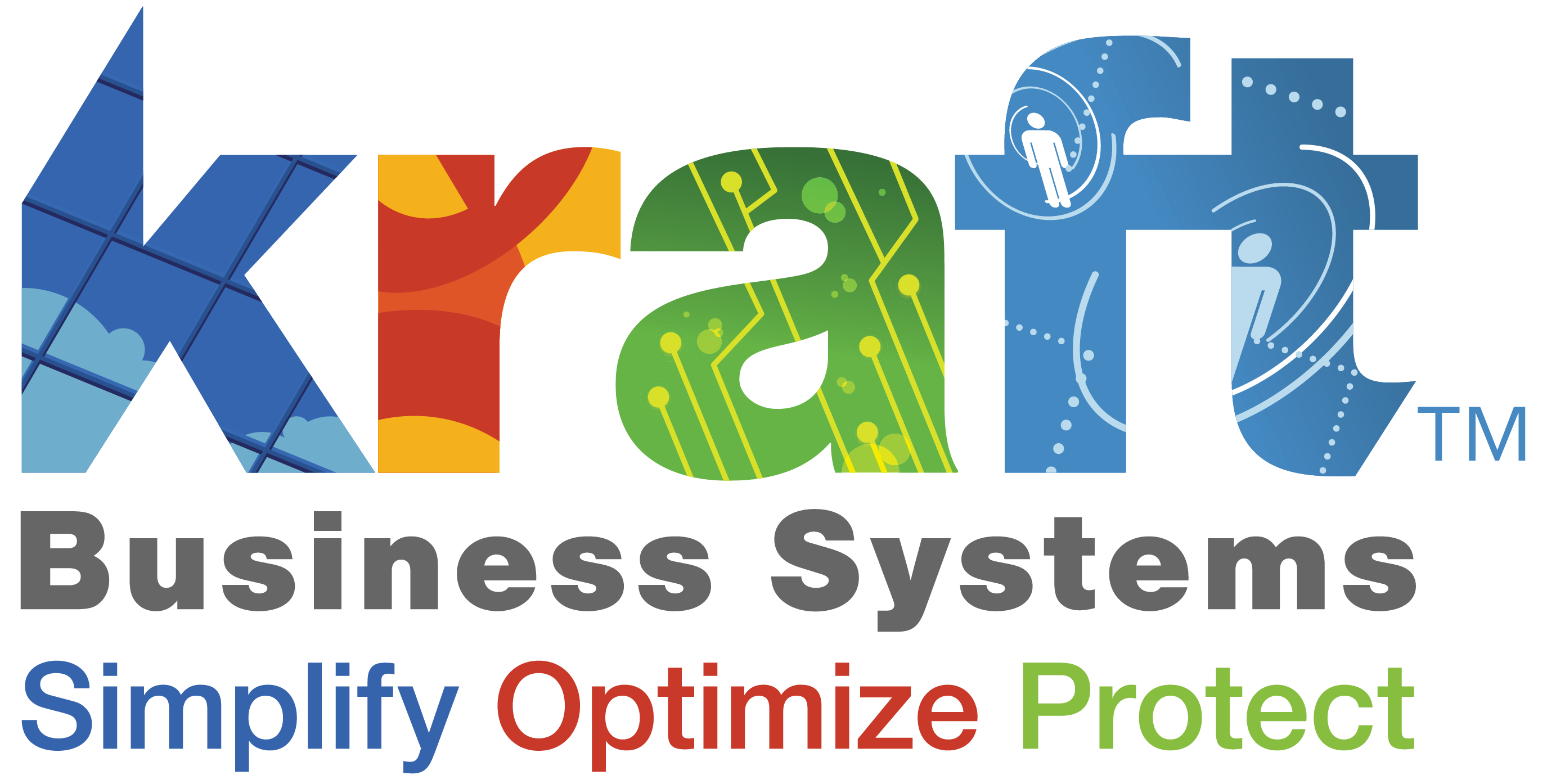Security incident management is crucial for any organization’s IT infrastructure, especially as security threats continue to grow in complexity and frequency. For business owners wrestling with dated systems and cybersecurity issues, understanding this topic is key to safeguarding data and maintaining efficient operations.
- Incident Management: A structured process to identify, manage, and resolve disruptions quickly.
- Security Threats: Potential risks that could harm data and IT systems, such as phishing, ransomware, and unauthorized access.
- IT Infrastructure: The framework supporting all IT services, which needs robust protection against evolving cyber threats.
Security incident management serves as a backbone for protecting businesses against cyberattacks. It not only mitigates the impact of incidents but also helps in maintaining business continuity. The process involves quick detection and resolution, thus minimizing downtime and preserving the organization’s reputation.
Basic Security incident management vocab:
Understanding Security Incident Management
Security incident management is like a safety net for your business’s IT systems. It helps you catch and deal with problems before they turn into disasters. Let’s break down the key parts: incident identification, incident categorization, and incident prioritization.
Incident Identification
Imagine driving and noticing a strange noise from your car. You need to figure out if it’s a minor issue or something more serious. In the same way, incident identification is about spotting unusual activities in your IT systems. This could be anything from a slowed-down network to frozen screens. These are the first signs that something might be wrong.
To make sure nothing slips by, businesses use tools like Intrusion Detection Systems (IDS). These systems act like security guards, watching over your network for any suspicious behavior. When they spot something unusual, they alert your security team so they can take action right away.
Incident Categorization
Once you’ve identified a potential problem, the next step is incident categorization. This is like sorting mail into different piles. You need to figure out how serious the issue is and what kind of threat it poses.
Businesses often use a severity scale to categorize incidents:
- 0: Crisis incident with maximum impact
- 1: Critical incident with very high impact
- 2: Major incident with significant impact
- 3: Minor incident with low impact
This helps you understand the potential damage and decide on the best course of action.
Incident Prioritization
After categorizing the incident, it’s time for incident prioritization. Think of this as deciding which fire to put out first. Not all incidents are equal, and some require more immediate attention than others.
By prioritizing incidents based on their severity and impact, you can ensure that the most critical issues are addressed first. This approach minimizes downtime and reduces the impact on your business operations.
In summary, understanding security incident management involves these three crucial steps: identifying potential threats, categorizing them based on severity, and prioritizing them to tackle the most urgent issues first. This structured approach helps protect your business from cyber threats and keeps your IT systems running smoothly.
The Security Incident Management Process
When a security incident strikes, having a solid incident response plan is crucial. This plan acts like a fire drill for your IT team, ensuring everyone knows their role and the steps to take to minimize damage.
Incident Response
The incident response process kicks off as soon as an alert is received. Think of it as the emergency room for your IT systems. The goal is to quickly assess the situation, contain the threat, and prevent further damage.
ISO/IEC Standard 27035 provides a structured approach to this process, with five key steps:
- Preparation: This involves setting up tools, training teams, and having a plan ready.
- Identification: Spotting the issue and understanding its scope.
- Assessment: Evaluating the potential impact and deciding the next steps.
- Response: Taking action to contain, investigate, and resolve the incident.
- Learning: Documenting what happened and how to prevent it in the future.
Incident Closure
Once the threat is neutralized, it’s time for incident closure. This is like wrapping up a medical case. You ensure everything is back to normal, and systems are running smoothly again.
Closure isn’t just about fixing the immediate problem. It’s also about learning from the incident. Conduct a post-incident review to identify what worked well and what didn’t. This insight is vital for refining your security incident management strategies and preventing future issues.
Incorporating these steps ensures a comprehensive and effective response to security incidents. By following the guidelines of ISO/IEC Standard 27035, organizations can handle incidents efficiently, minimizing damage and downtime.
Best Practices for Effective Security Incident Management
Effective security incident management hinges on having a robust incident response plan and framework in place. These components are essential for ensuring that when a security incident occurs, your organization can respond swiftly and effectively.
Incident Response Plan
An incident response plan is your organization’s playbook for handling security incidents. It lays out the step-by-step actions your team needs to take when a threat is detected. This plan should be clear, concise, and available to everyone involved in the response process.
Key elements of an incident response plan include:
- Identification and Categorization: Knowing what counts as a security incident and how to classify it based on severity.
- Roles and Responsibilities: Clearly defined roles ensure that everyone knows their duties during an incident. This prevents confusion and duplication of efforts.
- Communication Protocols: Establish how information will be shared within the team and with external stakeholders, including law enforcement if necessary.
- Documentation and Learning: After resolving an incident, document the process and lessons learned to improve future responses.
Incident Response Framework
Building on the incident response plan, an incident response framework provides a structured approach to managing incidents. This framework ensures consistency and repeatability in your response efforts.
A solid framework should include:
- Preparation: Regular training and drills to keep the team ready for any incident.
- Detection and Analysis: Systems in place to quickly identify and assess threats.
- Containment, Eradication, and Recovery: Steps to isolate the threat, remove it, and restore normal operations.
- Post-Incident Review: Analyzing the incident to identify strengths and weaknesses in your response.
Monitoring Processes
Effective monitoring processes are crucial for detecting potential incidents early. This involves continuous surveillance of your IT infrastructure to spot anomalies.
Best practices for monitoring include:
- Intrusion Detection Systems (IDS): These systems monitor network traffic for suspicious activity and alert your team to potential threats.
- Security Information and Event Management (SIEM): SIEM tools collect and analyze data from across your network, providing a comprehensive view of your security posture.
- Regular Audits and Updates: Conducting security audits and keeping software updated to patch vulnerabilities and improve protection.
By implementing these best practices, organizations can strengthen their security incident management strategies. This proactive approach not only minimizes the impact of security incidents but also fortifies your defenses against future threats.
Tools and Technologies for Security Incident Management
In security incident management, having the right tools and technologies is like having a sturdy umbrella in a storm. They help organizations identify, analyze, and respond to security threats efficiently. Let’s explore some of these essential tools.
Incident Response Tools
Incident response tools are the backbone of managing security incidents. They help teams quickly detect, assess, and respond to threats.
- SIEM (Security Information and Event Management): SIEM systems gather and analyze security data from across your IT environment. They act as a centralized platform for aggregating data from firewalls, vulnerability scanners, and more. This helps reduce ‘alert fatigue’ by highlighting genuine threats.
- EDR (Endpoint Detection and Response): EDR software focuses on protecting endpoints like computers and mobile devices. It continuously monitors these endpoints for suspicious activities, providing automatic responses to threats that bypass traditional antivirus tools.
- SOAR (Security Orchestration, Automation, and Response): SOAR platforms enable security teams to automate incident response workflows. They allow for the creation of playbooks that coordinate actions across different security tools, improving efficiency and reducing response times.
Advanced Technologies
Advanced technologies are elevating the capabilities of traditional incident response tools.
- XDR (Extended Detection and Response): XDR unifies data from various security tools, providing a holistic view of threats across endpoints, networks, and clouds. It streamlines threat detection and response by eliminating silos and automating responses across the entire threat lifecycle.
- UEBA (User and Entity Behavior Analytics): UEBA uses machine learning to detect abnormal behavior by users and devices. It’s particularly effective at identifying insider threats and is often integrated into SIEM, EDR, and XDR solutions.
- ASM (Attack Surface Management): ASM solutions continuously monitor an organization’s attack surface, identifying vulnerabilities and potential attack vectors. They help uncover unmonitored assets and provide insights to strengthen overall security.
By leveraging these tools and technologies, organizations can improve their security incident management efforts. They enable faster detection, efficient response, and better protection against evolving threats.
In the next section, we’ll address some common questions about security incident management to further deepen your understanding.
Frequently Asked Questions about Security Incident Management
What are the 5 stages of the incident management process?
Security incident management is a structured approach to handling security threats. It consists of five key stages:
- Incident Identification: The first step is spotting unusual activity. This could be anything from a slow system to alerts from monitoring tools. Identifying incidents quickly is crucial to minimizing damage.
- Incident Categorization: Once identified, incidents need to be categorized based on their nature and severity. This helps prioritize the response and allocate resources effectively.
- Incident Prioritization: Not all incidents are equal. Some pose a greater risk and need immediate attention. Prioritizing incidents ensures that the most critical threats are addressed first.
- Incident Response: This involves taking action to contain and mitigate the threat. It could mean isolating affected systems or removing malware. The goal is to stop the threat from spreading and causing further harm.
- Incident Closure: Once the incident is resolved, document what happened and what was done. This helps in learning from the incident and improving future responses.
What are the three types of security incidents?
Security incidents come in various forms, but here are three common types:
- Data Breaches: These occur when unauthorized individuals gain access to sensitive data. Data breaches can lead to significant financial and reputational damage.
- Unauthorized Access: This involves someone accessing systems or data without permission. It could be an insider threat or an external hacker exploiting vulnerabilities.
- Malware Infections: Malware is malicious software designed to harm or exploit systems. Infections can lead to data theft, system damage, and more.
What is the difference between a SOC and a CSIRT?
Both SOCs and CSIRTs play critical roles in security incident management, but they focus on different aspects:
- SOC (Security Operations Center): A SOC is a centralized team responsible for continuously monitoring and analyzing an organization’s security posture. They use tools like SIEM to detect and respond to threats in real-time.
- CSIRT (Computer Security Incident Response Team): A CSIRT is a specialized team that responds to security incidents. They handle the investigation, containment, and remediation of incidents. CSIRTs often work closely with SOCs to manage incidents effectively.
Understanding these components can help organizations build a robust security framework to protect against threats.
Conclusion
At Kraft Business Systems, we understand that the digital world is fraught with challenges. Security incident management is not just an option; it’s a necessity. Our approach is comprehensive and proactive, ensuring that your business remains secure and resilient against threats.
Our security solutions are designed to protect your IT infrastructure from evolving cyber threats. With our expertise, we help you implement robust incident management strategies that minimize risks and ensure quick recovery when incidents occur.
Incident management strategies are at the core of our services. We focus on continuous monitoring, rapid detection, and effective response to security incidents. Our team of cybersecurity experts works diligently to identify vulnerabilities and address them before they can be exploited.
We believe in empowering businesses with the tools and knowledge they need to stay ahead of potential threats. By partnering with us, you gain access to cutting-edge technology and a dedicated team committed to safeguarding your digital assets.
For more information on how our managed cybersecurity services can benefit your organization, visit our Managed Cybersecurity Services page.
Together, we can manage the mayhem and keep your business secure.









